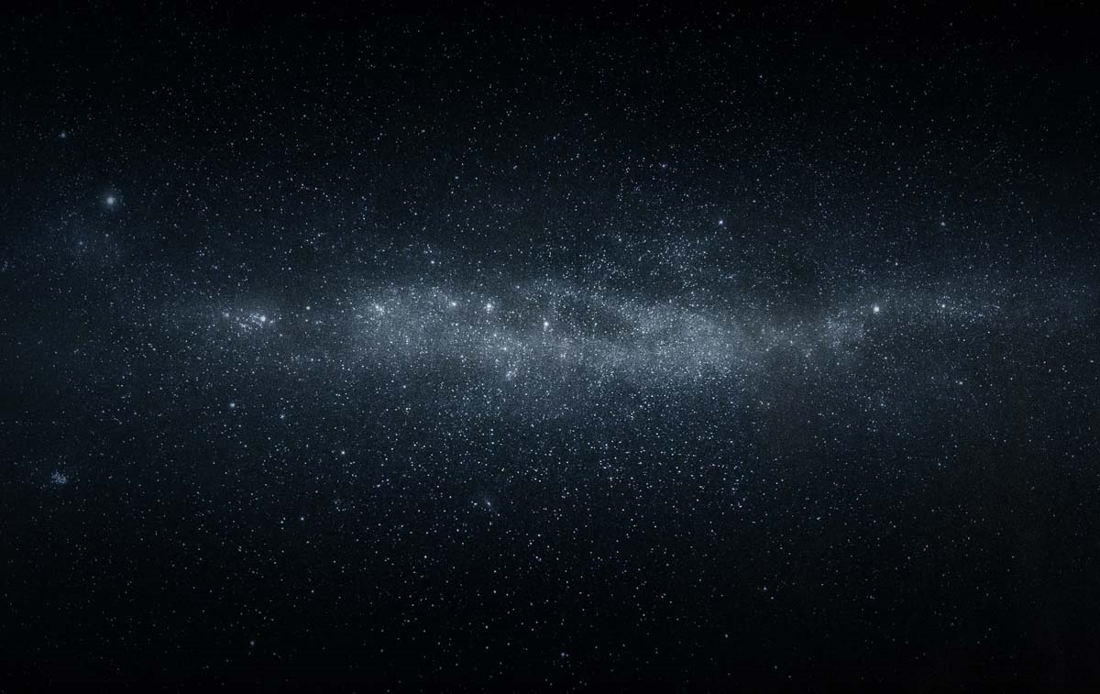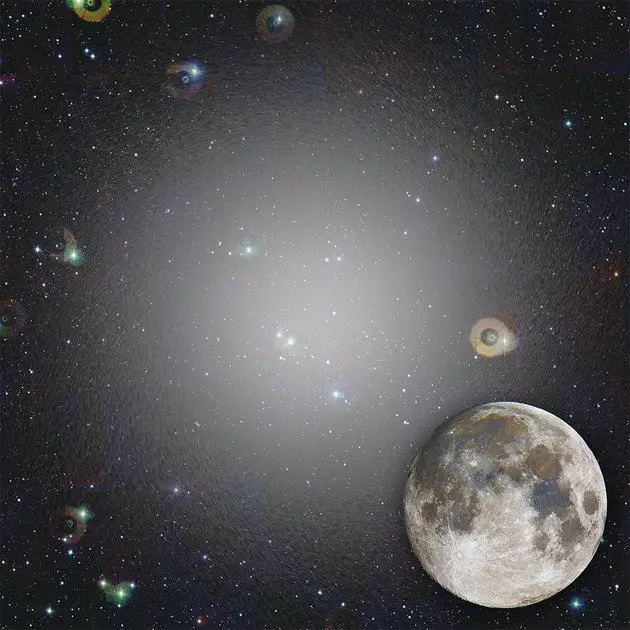Science & Tech
Astronomers Just Spotted a Giant ‘Invisible’ Galaxy Orbiting Our Own

An intriguing discovery was just made – our Milky Way appears to be orbited by a huge galaxy we had no idea was there. Crater 2, as it was named, is a dwarf galaxy located 400,000 light-years away from the Milky Way.
A group of astronomers from the University of Cambridge analyzed images taken by the Very Large Telescope in Chile with the help of a computer algorithm. Then, regions with a clustering of stars were identified, one of which appeared to be Crater 2. Moreover, according to the paper the research team published in the Monthly Noticed of the Royal Astronomical Society, there is also a possibility that our newly discovered galactic neighbor belongs to a small cluster of galaxies.
Why “invisible,” you may ask? In reality, Crater 2 is just extremely dim (one of the dimmest galaxies ever found) because its stars are too far apart from each other. This is the reason why astronomers didn’t know anything about this galaxy until now – it was simply hiding behind its brighter counterparts in the galactic neighborhood.
“A galaxy like Crater 2 is a sort of invisible object.” Dr. Vasily Belokurov of the University of Cambridge said in an interview with The Huffington Post. “We have found many similar objects in the last 10 years, but never such a large beast. It is orders of magnitude less luminous compared to most objects of similar size. It is extremely diffuse.”
Belorukov and his colleagues have also estimated what Crater 2 would look like if it was a thousand times more luminous than it actually is. You can see the result in the illustration below (Moon is added to demonstrate the scale of the galaxy):

Image credit: Vasily Belokurov
Thus, Crater 2 becomes the fourth largest known galaxy orbiting our own. In fact, the Milky Way has 49 satellite galaxies, but just imagine how many other “dark neighbors” may be hidden from us. With the progress of technology, however, the chances to spot new galaxies will be only growing. Just in the course of the past 10 years, the number of detected galaxies circling our own has doubled.
Last year, the same research team spotted nine new dwarf galaxies orbiting the Milky Way.
“The discovery of so many satellites in such a small area of the sky was completely unexpected … I could not believe my eyes,” said study author Dr. Sergey Koposov from Cambridge’s Institute of Astronomy.
All this evidence suggests that we know so little about our cosmic neighborhood. Now, the astronomers are continuing to study the Very Large Telescope images with the help of a new galaxy-spotting technique. Who knows what they may find and how many galaxies and other space objects are yet to be discovered.
Typos, corrections and/or news tips? Email us at Contact@TheMindUnleashed.com
